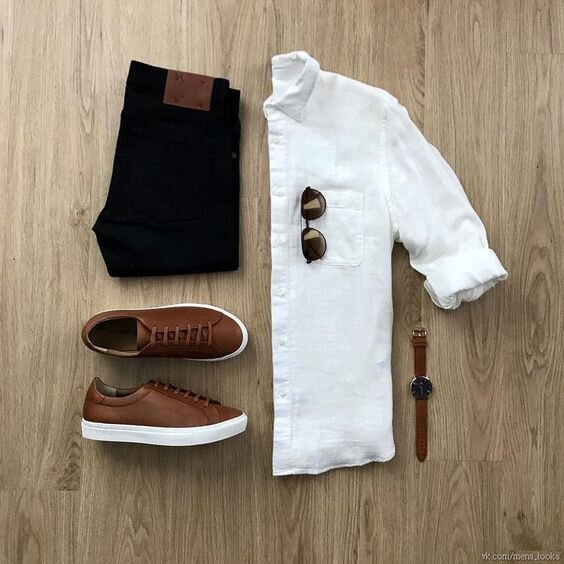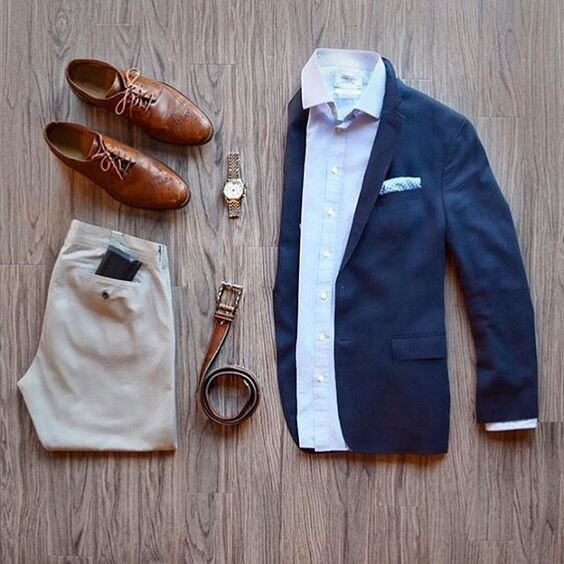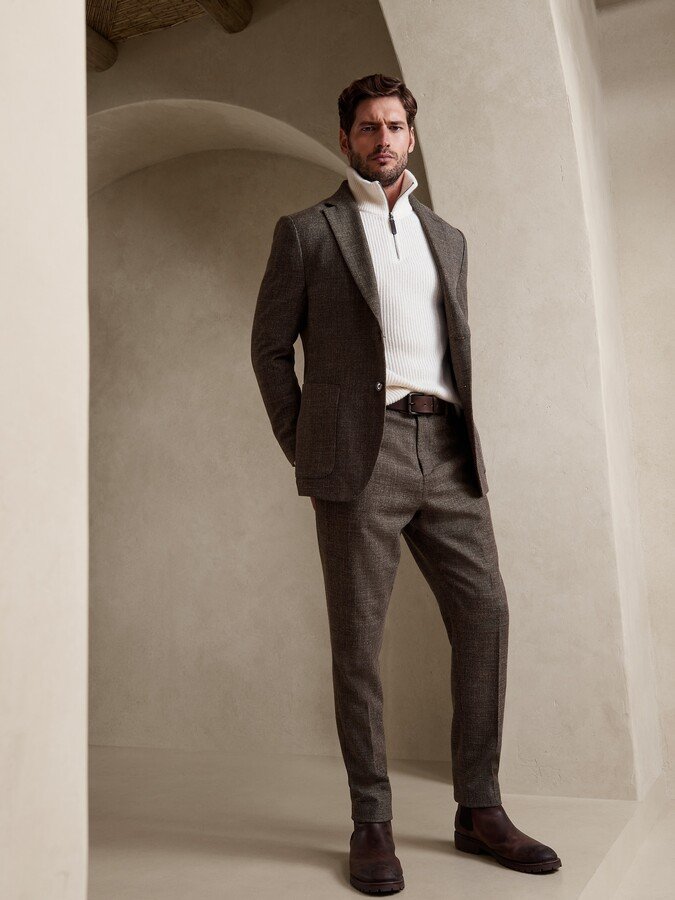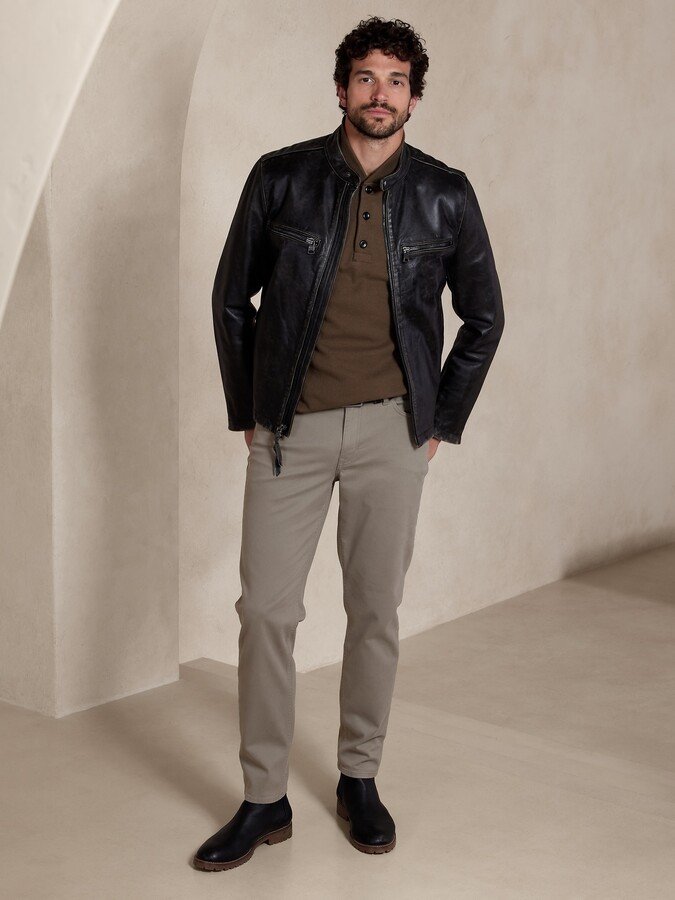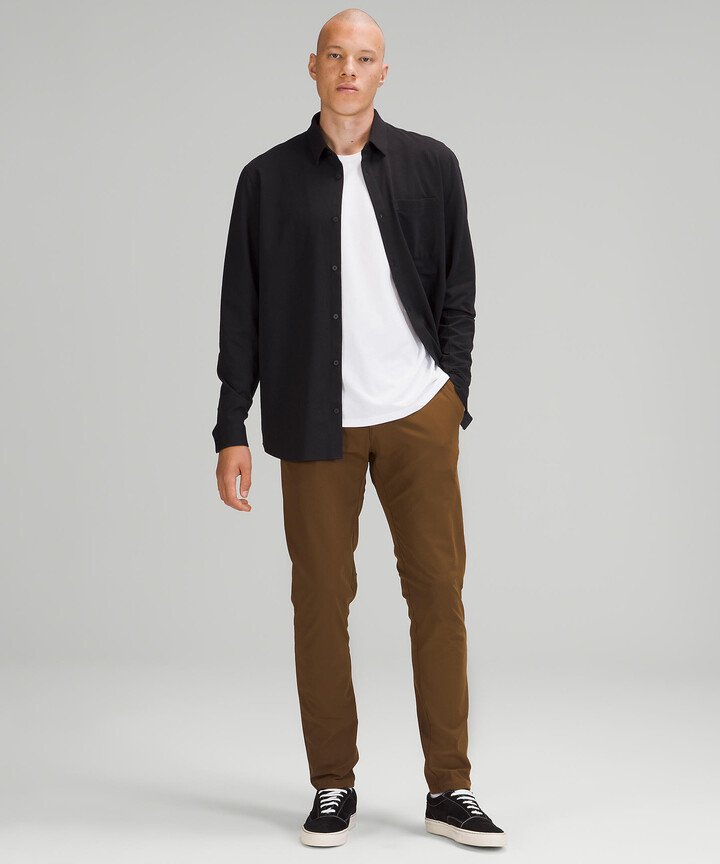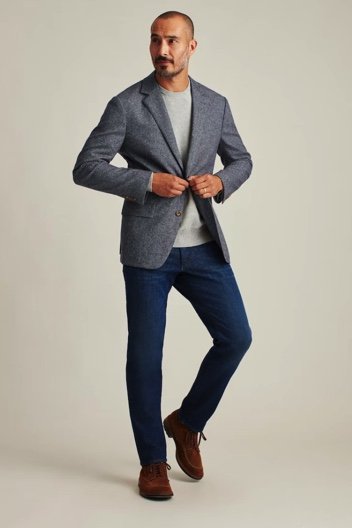Workplace Dress Codes for Men Explained by Stylists
In the workplace, dress codes are more flexible than ever. With ever-changing standards, it’s easy to be confused about what a dress code even means. Despite this, even in the most casual settings, you still want to make an impression and take control of your personal brand.
Dressing for work doesn’t need to be challenging if you have the right guidance. We’re breaking dress codes down with a few things to consider, as well as some helpful tips!
Style Spectrum
Dressing moves along a spectrum allowing you to create combinations that work for you, your lifestyle, your frame size and your organization. Three defined categories exist:
STYLE MIX
Sport coat (patterned jacket)
Suit separates
Button downs in casual fabrics and prints
Polos/collared shirts
Denim alternatives/chinos
Sleek shoes, loafers or boots
First, find out about where your organization falls along the spectrum. If everyone wears a suit, so should you. Next, consider where you are naturally most comfortable. Some guys feel more productive in relaxed, casual clothing, while others find they are more effective and focused in a more elevated, business attire. No matter what works for you, be honest as you consider this. Last, is the art of mixing pieces in a way that merges your personal style with the culture of your organization. The end goal is for you to look and feel the most confident — so that you’re able to focus your energy on your work - not your clothes!
HOW TO MIX:
By blending pieces from different categories along the spectrum, you can create an outfit that hits a perfect balance that feels right for you. For example, the classic combination of jeans and a blazer uses pieces from the business category and from the casual, and will land you solidly in the middle. Feeling too dressy? Then add a sneaker or tee. Feeling a bit underdressed for the meeting? Then opt for a casual button down or add a great lace up wingtip shoe. Shop our favorite ways to mix below! For more smart-casual ideas, check out What Men Should Wear to Holiday Parties: Style Guide
HOW TO DETERMINE THE DRESS CODE
1. Consider the Environment, Industry, and Organization
Business casual means different things to different industries and organizations. For example, the dress code in a tech startup touting creative solutions will be different from that of a law firm that prides itself on traditional values. Both have a different code of casual that’s appropriate.
2. Look around at what people are wearing
If most coworkers are in sport coats and button-up shirts, then lean more towards the business side. If people are wearing jeans and sweaters, lean towards more casual. The two most important considerations: the role of the person you observe and the role you aspire to. If the boss is a sharp dresser, consider the value they put on a together look.
And don’t forget Zoom. Keep a button down shirt handy to throw on for any situation. Your secret is safe with us if you choose to wear sweatpants below.
3. Ask your boss or HR if there are dress code policies or guidelines
Though many companies have ditched the formal dress codes in the employee handbook, there are guidelines that can help you navigate. Things like “no jeans”, or “sports coats for client facing” or “collared shirt, no tees” can give you a landmark for the rest of your clothing choices.
If your company prefers no denim, they likely won’t want anything even more casual such as shorts or t-shirts. Believe in your powers of observation. If you‘re the only guy wearing flip-flops, it’s time to go shoe shopping.
Having a flexible wardrobe saves money and space in your closet. We believe following dress codes in the workplace has lots of room for creativity. Just make sure that your clothing works for you - and not the other way around!
Hate shopping or sorting through your closet to look good?
Feeling like your work attire is a bit dated? Not to worry! Our team of Professional Stylists never stopped organizing closets and working to get all their clients back on track.


